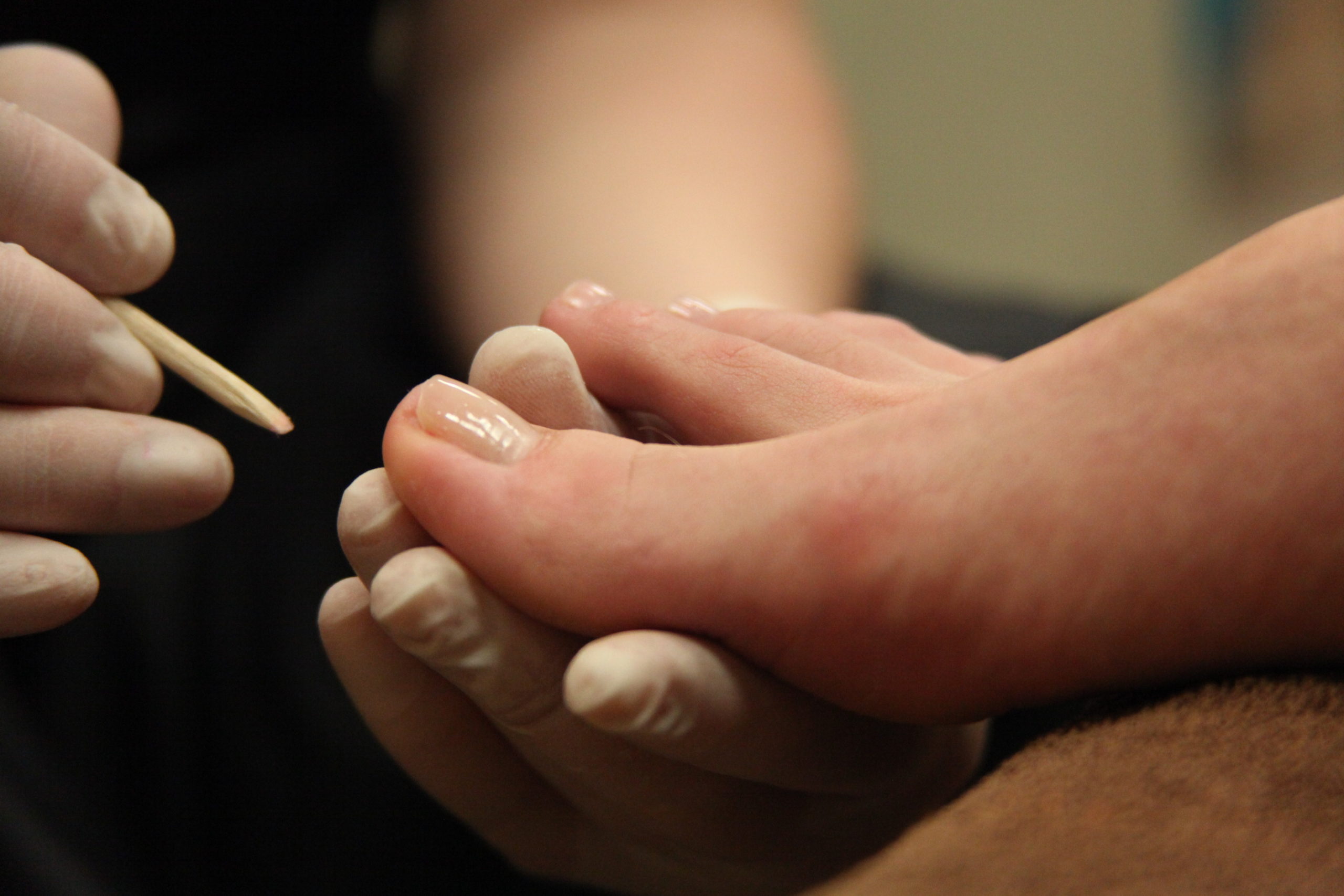Podiatry Education, Training, and Licensing
The typical education for a podiatric physician includes 4 years of undergraduate, premedical training at a college or university followed by four years of podiatric medical school to earn a medical professional of podiatric medicine degree (DPM), and then a 3-year residency for postgraduate education and training.1
Get Meta-Seven hereAfter residency, some podiatrists wish to sub-specialize and complete a fellowship. Fellowships are at least one additional year of training in a particular area. Some examples include sports medicine, research, dermatology, trauma, wound care, and diabetes. The extra training is designed to help the healthcare provide become an expert in that area. Depending on your own health, you may want to see a podiatrist who has received a specialized education.
Medical professionals must meet and verify certain state requirements in order to obtain a license to practice medicine. Each state has its own set of requirements. You can also find out if there has been any disciplinary action taken against a podiatric physician by calling your state’s board of podiatry or by visiting their website.
There are specialty boards that certify healthcare providers. For example, some podiatrists perform surgery. They may wish to become certified by the American Board of Foot and Ankle Surgery. Usually, a practitioner must meet certain requirements and pass a written exam to become board-qualified.
The next step is to become board-certified. Once the healthcare provider has enough cases, meets more requirements, and passes written and oral exams, they are board-certified. A healthcare provider just completing residency or fellowship will most likely be board-qualified because they don’t have enough cases to be board-certified. Becoming board-certified takes time, usually years. The important thing is that the practitioner is on the path to becoming board-certified.






